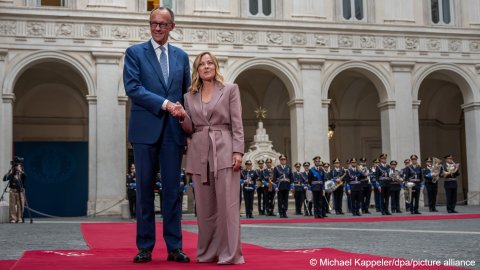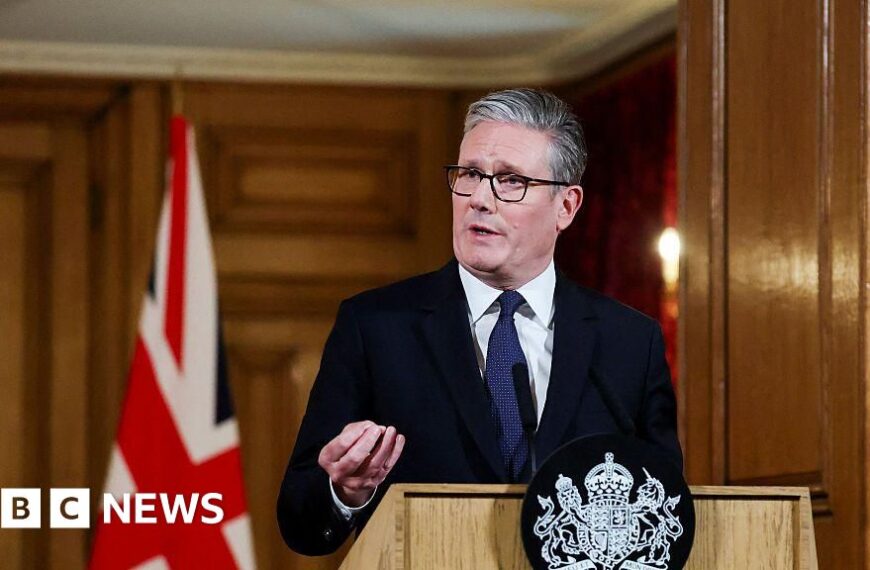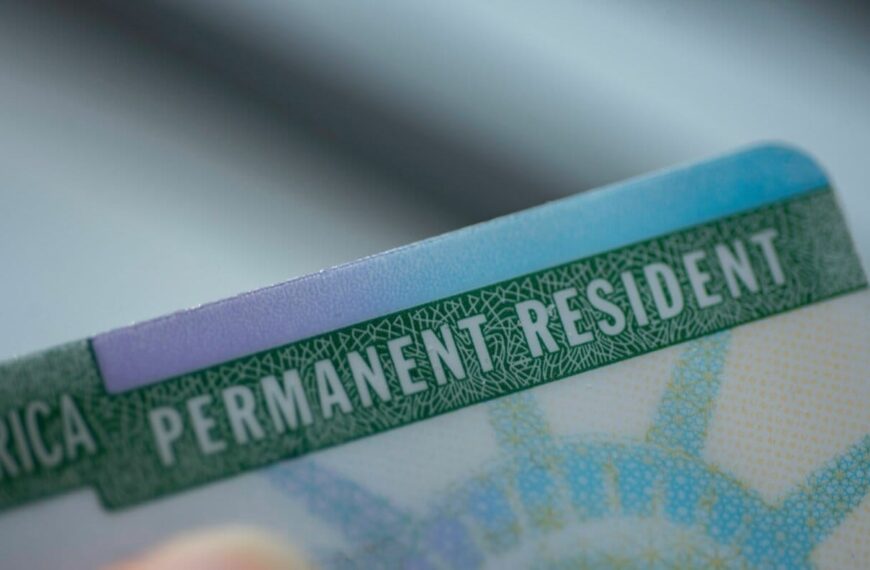Understanding Third-Country Return Strategies: A Focus on German and Italian Leaders’ Discussions
In recent developments, the leaders of Germany and Italy have convened to engage in discussions about the establishment of third-country return hubs. This topic is of paramount importance in the context of immigration policy and reflects ongoing efforts to manage migration more effectively within the European Union. As nations grapple with the complexities of immigration, these talks signal a potential shift towards more coordinated approaches, particularly concerning the return of migrants to their countries of origin.
What Are Third-Country Return Hubs?
Third-country return hubs are facilities where migrants can be processed before being returned to their home countries or to countries willing to accept them. The idea behind these hubs is to create a more structured and humane way to handle immigration and deportation processes. The concept is grounded in the need to streamline return operations while ensuring that the rights of individuals are respected.
Key components of third-country return hubs include:
Implications of the German and Italian Discussions
The discussions between German Chancellor Olaf Scholz and Italian Prime Minister Giorgia Meloni are particularly significant given the increasing pressure on European nations to address immigration challenges. By collaborating on return strategies, both leaders aim to tackle the issues of irregular migration and enhance border security.
This partnership could potentially lead to:
Moreover, Italy, being a primary entry point for migrants crossing the Mediterranean, has been vocal about the need for a more equitable distribution of responsibilities among EU countries. Germany’s involvement signifies a commitment to finding sustainable solutions for managing migration.
Current Immigration Landscape in Europe
The ongoing discussions come amid rising immigration numbers in Europe, particularly from regions experiencing conflict or economic hardship. The European Union has faced criticism for its handling of migration, leading to calls for reform.
Recent trends include:
The collaboration between Germany and Italy could serve as a blueprint for other EU nations to follow, fostering a more unified approach to immigration that balances security with humanitarian considerations.
Looking Ahead: Future of Immigration Policies in Europe
As the leaders of Germany and Italy continue their discussions, it remains to be seen how these strategies will be implemented and the real impact they will have on the immigration landscape. The success of third-country return hubs relies heavily on international cooperation and the willingness of countries to accept returned migrants.
Factors that will influence the future of these discussions include:
Ultimately, the outcome of these discussions could pave the way for comprehensive immigration reforms that prioritize both security and the rights of migrants. As the situation evolves, it will be crucial to stay informed about developments in policies and practices that impact migrants across Europe.
Conclusion
The meetings between German and Italian leaders regarding third-country return strategies signify a proactive approach towards managing immigration challenges in Europe. By focusing on collaborative solutions and humane treatment of migrants, there is potential for significant progress in the realm of immigration policy. As these discussions unfold, it is essential to monitor how they influence broader immigration trends and reforms within the European Union.
In the ever-changing landscape of immigration, staying updated with immigration news and policies is vital for understanding the implications for both migrants and host countries. With increasing attention on the need for reform, the future of immigration in Europe is on the brink of significant transformation.










